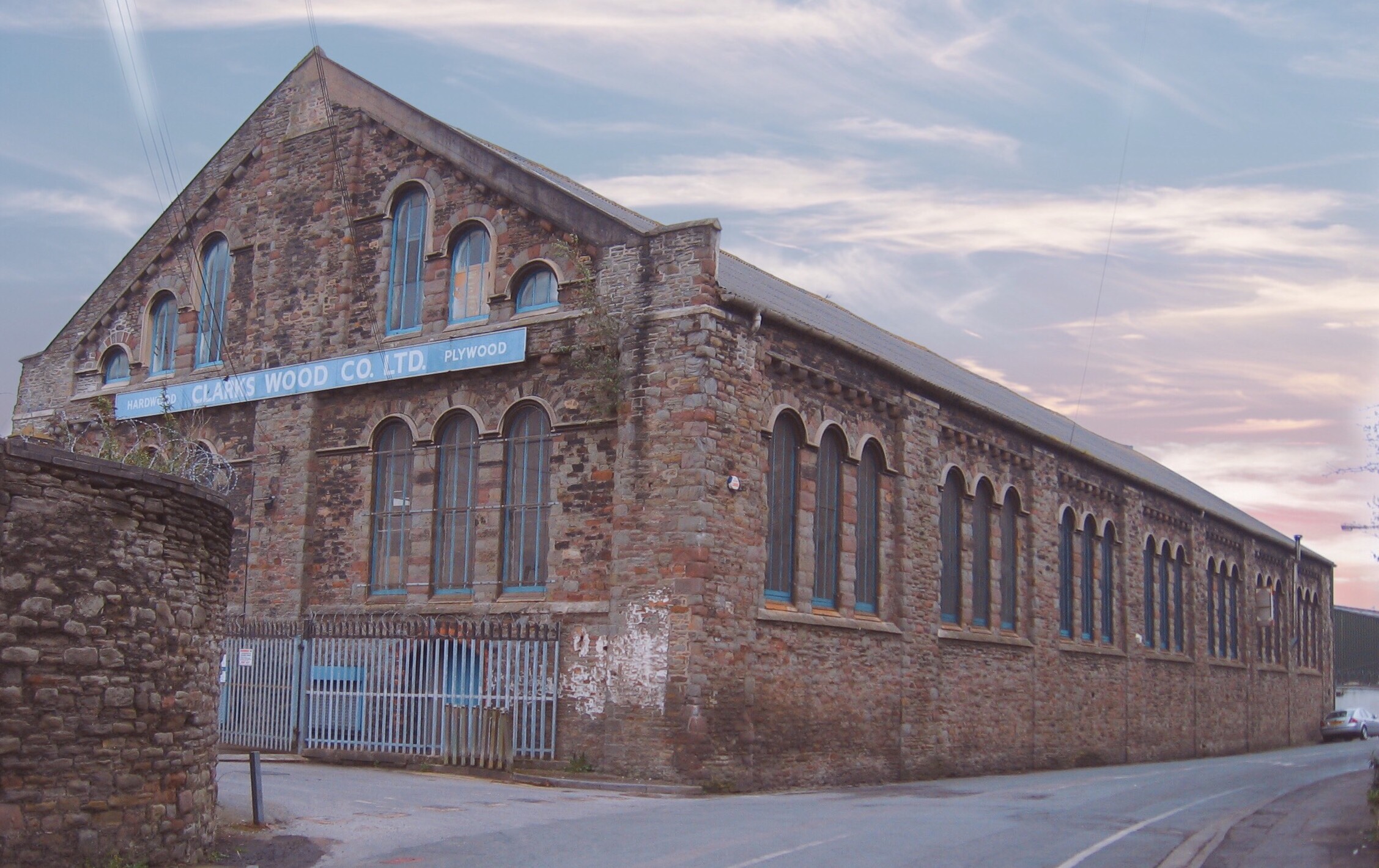Origins of the Factory System
The Factory Industrial Revolution, which took place primarily between the late 18th and mid-19th centuries, was characterized by a shift from agrarian, handcrafted production methods to large-scale mechanized manufacturing. The factory system marked a departure from the traditional cottage industry model, where goods were produced on a smaller scale within individual households or small workshops.
The driving force behind this transformation was the development of machinery and technologies that could automate various stages of production. Innovations like the spinning jenny, power loom, and steam engine played pivotal roles in mechanizing processes that were once performed manually. This mechanization not only increased the speed and efficiency of production but also allowed for the creation of more standardized and consistent products.
Impact on Society
The impact of the Factory Industrial Revolution was far-reaching and multifaceted, touching almost every aspect of society:
- Urbanization: As factories emerged, they attracted a large influx of rural laborers seeking employment. This mass migration from rural to urban areas led to the rapid growth of cities and the formation of industrial centers. The rise of urbanization created new challenges and opportunities for urban planning, housing, sanitation, and social services.
- Labor Conditions: While factories brought economic growth, they also introduced harsh working conditions for laborers, including long hours, low wages, and dangerous environments. This spurred the rise of labor movements and the push for workers’ rights and improved conditions.
- Technological Advancements: The Factory Industrial Revolution fueled the development of new technologies, sparking innovations in various fields beyond manufacturing. The steam engine, for example, had applications in transportation and agriculture, while advancements in metallurgy and engineering paved the way for further industrial progress.
- Global Trade: Mechanized production methods allowed for increased output and lowered costs, making goods more affordable and accessible. This, in turn, facilitated the growth of global trade networks and paved the way for the expansion of international commerce.
- Social Transformations: The factory system’s impact extended beyond the economy, influencing social dynamics and gender roles. Women and children entered the workforce in larger numbers, reshaping traditional family structures and societal norms.
Enduring Legacy
The Factory Industrial Revolution set the stage for the modern world in countless ways. Its legacy can be observed in:
- Mass Production: The concept of standardized, efficient production methods continues to underpin modern manufacturing practices, enabling the creation of a wide range of products on a global scale.
- Technological Innovation: The emphasis on technological advancement during the Industrial Revolution laid the foundation for ongoing innovations that drive contemporary progress.
- Labor Rights: The challenges faced by early factory workers led to the rise of labor movements and the establishment of workers’ rights, influencing modern labor laws and regulations.
- Urban Landscape: Urbanization, spurred by the factory system, continues to shape the landscape of cities around the world, with implications for urban planning, infrastructure, and housing.


Leave a Reply